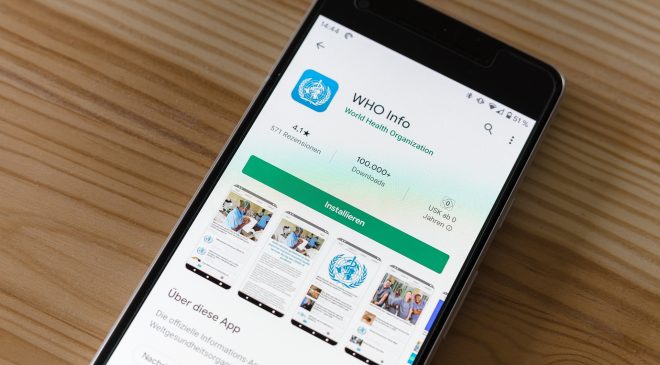
Digital capabilities help with patient treatment.
Mental health issues were growing at an alarming rate before COVID-19, with one in five Australians experiencing a mental or behavioural disorder in any given year. The pandemic has accelerated this trend and made it harder for already stretched mental health services to deal with demand.
Mental health hospitalisations among children have increased substantially during the pandemic, while mental health distress levels have doubled for young workers. While this data is startling, a lack of data is one of the key issues in the gaps we have in mental health care, much more-so than other chronic and acute healthcare issues, said David Dembo, Australia and New Zealand Director, Health Catalyst.
“Improving our data on mental health in Australia is made harder by the fact that those suffering seek help from a range of services that are not necessarily interconnected, creating a fragmented record of their care. To make matters worse, from a data gathering perspective, many people suffering with mental health issues are hesitant to come forward. Incomplete data makes it difficult to identify the true extent of mental health issues. Further, incomplete patient records mean clinicians don’t always have the full context when treating a patient, not just for mental health, but for other issues where mental health problems can impact health outcomes.
According to Dembo, the Federal Government’s A$2.3 billion National Mental Health and Suicide Prevention plan identifies this data challenge and is allocating specific funding to these issues, as well as the opportunity to use digital tools to augment mental health service delivery.
“Armed with good data, leading healthcare institutions across the globe are detecting disease early, improving engagement with patients, and reducing consumption of healthcare resources. Allina Health in the US for example was able to reduce mental health readmission rates by 27 per cent using good quality data and analytics tools,” he said. “It used its data to understand where care gaps existed and where transitions of care were causing patients to fall through the gap.
In much the same way that the new National Mental Health and Suicide Prevention Plan is aiming to do, Allina Health ensured that it had good quality data to inform the redesign of its mental health care pathways and that the impact of the redesign could be measured. It also made it easier for the various members of the care team to share information enabling more effective transitions of care.”
Dembo noted it’s not just data that offers an opportunity to better support those that are suffering. There are a range of digital patient engagement tools that have been demonstrated to be highly effective in improving health outcomes across a broad spectrum of diseases including mental health.
“Unlike sat nav in our cars that make it easy for us to navigate our way around cities, patients are seldom provided more than paper handouts to inform them about their treatment plans and thus have the added burden of navigating care service complexity,” he said.
“A large Midwestern health system in the US is using a digital patient engagement platform called Twistle to collect behavioural problem information on children exhibiting self-harm behaviour prior to their appointment. The conversion from paper to an electronic system like Twistle is enabling the organisation to provide more effective engagement with these families. It is also now able to monitor the child between visits to stay across their improvement or intervene early on deterioration.
Another large health system on the West Coast of the US uses the same technology platform to provide monitoring to patients who are discharged from their substance abuse disorder facilities, he noted.
“The health system had identified that discharged patients were falling through the cracks and relapsing. To provide more continuous support to patients, the health system converted to a digital patient engagement platform,” said Dembo. “Discharged patients now undergo home monitoring in three phases that span six months, where they are connected to local resources and given education and self-assessments that allow the care team to closely monitor their progress. Monthly check-ins continue after, and in the case of relapse, patients are taken through the process as needed.”
Tags: digitalhealthcaremental




